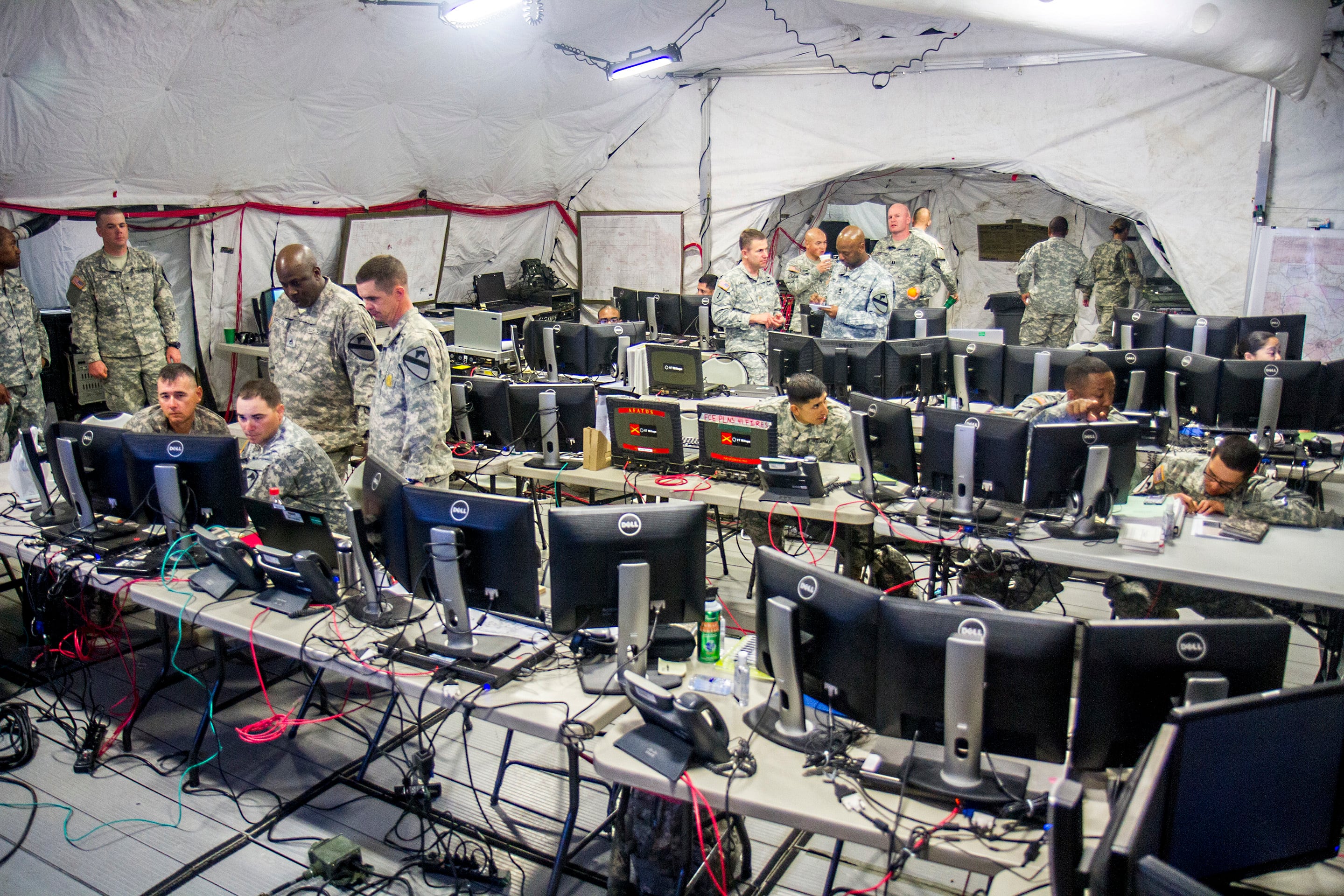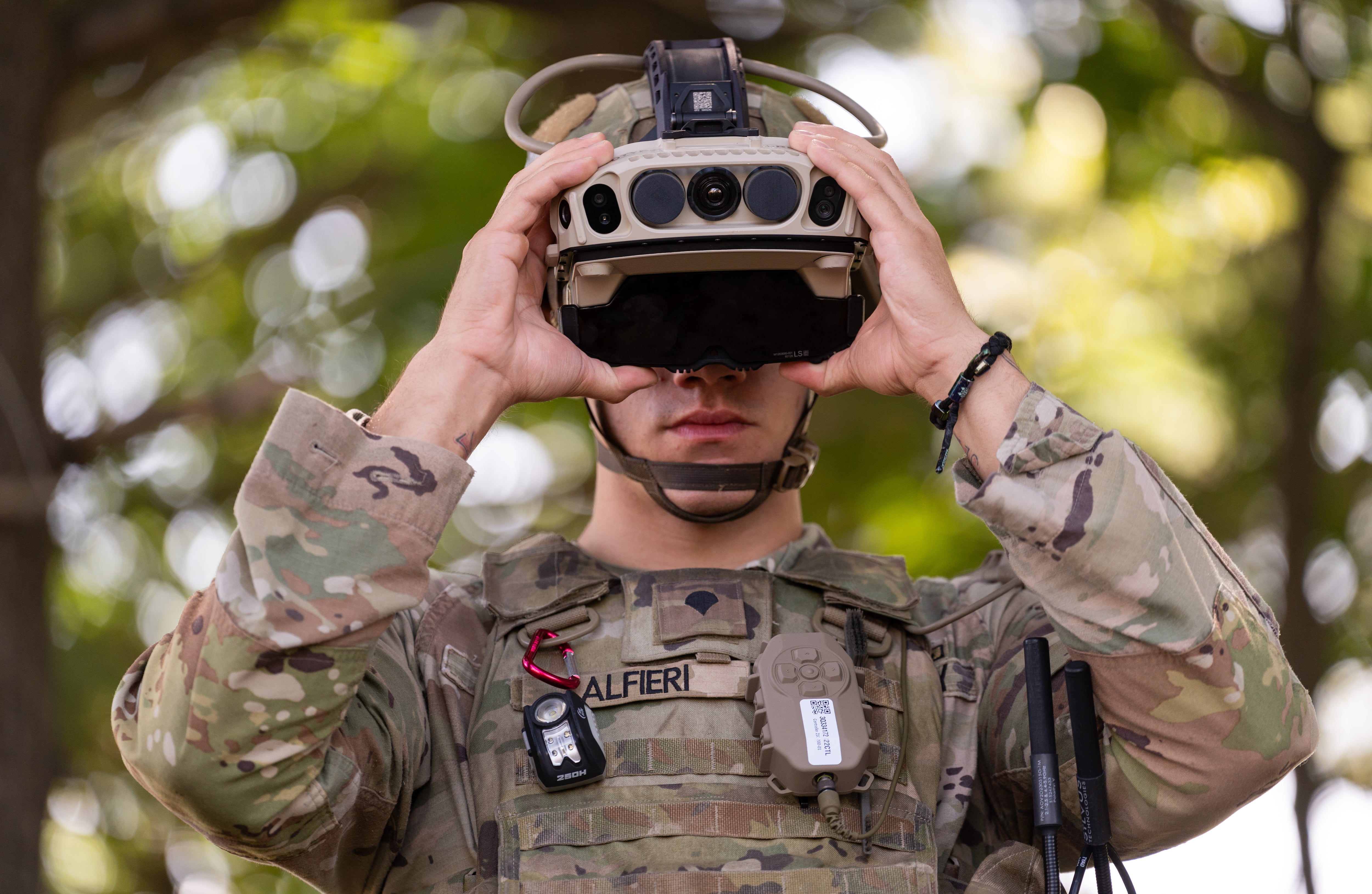A process of “plug and play” artificial intelligence that could improve mission effectiveness for a variety of operations was announced Monday by Engility Corporation at the Association of the United States Army‘s annual conference.
The program, called Synthetic Analyst, is designed to accelerate decision-making by automating tasks and decreasing a soldier’s reaction time to tactical problems, said Chris Milroy, an applied mathematician for the Engility.
The program uses scalable computing and deep learning to provide users with solutions to a range of missions, regardless of size, Milroy said.
“This allows you to have mission-grade capabilities for any mission,” Milroy said. “This is in contrast to two other ends of the AI spectrum, which tend to be more commercial grade, very broad but not at mission level or very mission specific to do exactly one thing, such as pilot a UAV.”
The new program is largely based on feedback from a variety of customers — to include civilians users, the Defense Department and intelligence agencies.
“One of the things that we kind of hear over and over again that is a priority for the DoD is explainability,” Milroy said. “So, we need to be able to take apart what an AI is thinking and be able to characterize that to the users so that they can build both trust in its outcomes but also can take effective action following [the AI‘s] logic.”
The program’s flexibility was on display at AUSA, where a demo program was preparing close air support options for an anticipated enemy advance on the right flank of a ground unit, Milroy said. The module would receive intelligence data from the field, determine the strength of the enemy, run through air assets available, identify the best ordinance to employ and feed options back to a field commander along with the risks, he said.
The program has applicability beyond field use, however, and has been used to sift through “documents that interrelate, but are not obvious,” Milroy said. “It can relate it by topics, let’s say, rather than keywords,” he added.
All of this helps speed up the process of decision-making for the end user, he said.
“The average is 400 times faster than the process that is being automated,” Milroy said. “That is across all of the [projects] of which I’ve been involved.”
Kyle Rempfer was an editor and reporter who has covered combat operations, criminal cases, foreign military assistance and training accidents. Before entering journalism, Kyle served in U.S. Air Force Special Tactics and deployed in 2014 to Paktika Province, Afghanistan, and Baghdad, Iraq.





